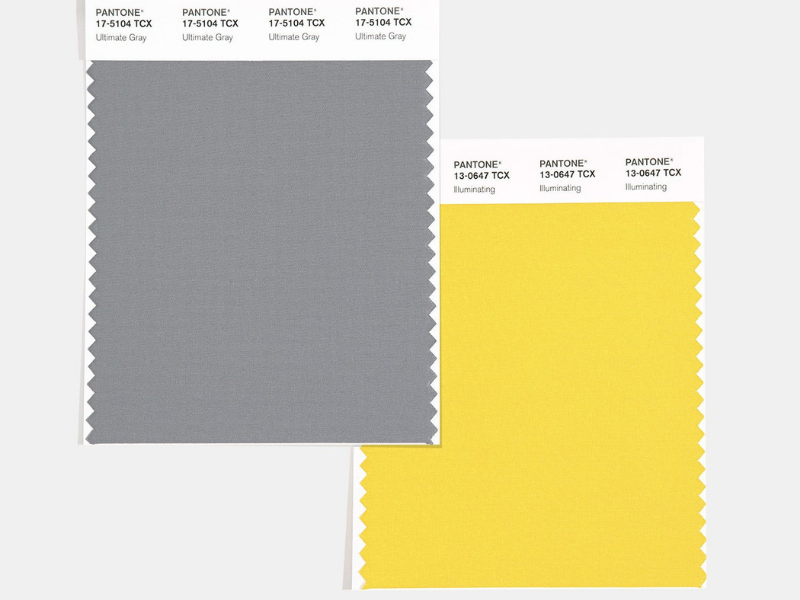Renovating Your Short-Term Rental
Renovating your short-term rental property will not only keep it in peak condition but will also help it stand out to potential renters. Completing remodeling projects with the goal of increasing the return on your investment is a matter of identifying which renovations make sense for the home, putting together a plan, and taking steps to minimize the risk of the projects going over budget.
Start with Repairs
Because rental properties are by nature a source of income, it’s worth your while as the homeowner to reduce maintenance costs wherever possible. This can often mean spending money in the short term on repairs and replacements in order to save money down the road. Furthermore, by upgrading your appliances, fixing leaks, and updating any outdated features, you will provide the most accommodating environment for your renters. Making these improvements can also help set your rental apart from other properties, giving you a competitive advantage in the market. As you go about making repairs, don’t forget to check the working condition of all faucets, electrical outlets, and lights.
Renovating Your Rental
Understanding the scope of your renovations and the motivation behind them before you get started will help formulate your plan moving forward. Are you looking to upgrade the home to sell it in the future? Are you renovating to increase rent? Or are you simply looking to be more competitive in the local rental market? Knowing the answers to these questions won’t necessarily change your renovation plans, but it will provide guidance as you enter the remodeling phase. Consider talking to your Windermere agent about how different projects may affect the value of the property.
Even a small-scale renovation can make a big difference in the minds of renters. To create the best first impression from the get-go, consider boosting your home’s curb appeal. Projects like exterior painting, refinishing a deck, and power washing your siding and walkways will help provide an inviting outdoor setting for your renters.
When it comes to interior renovations, kitchens are a great place to start. Thankfully, kitchen makeovers can be simple. Identify the areas of your kitchen that need repair first, then expand your project list from there. Next, consider upgrading the bathroom. Begin by checking your pipes, drains, and p-traps for any signs of wear and tear. Simple things like painting the vanity and updating the bathroom hardware can also make a big impact.
Last but not least, if you decide to hire a professional to renovate your rental property, be sure to gather multiple bids and compare prices before making your final decision.
Learn more about the pros and cons of investing in vacation rentals here: Vacation Home or Income-Producing Investment. You can also read about vacation home renovations by season here: Renovating Your Vacation Home.
The post Renovating Your Short-Term Rental appeared first on Fort Collins Real Estate | Fort Collins Homes for Sale & Property Search.








